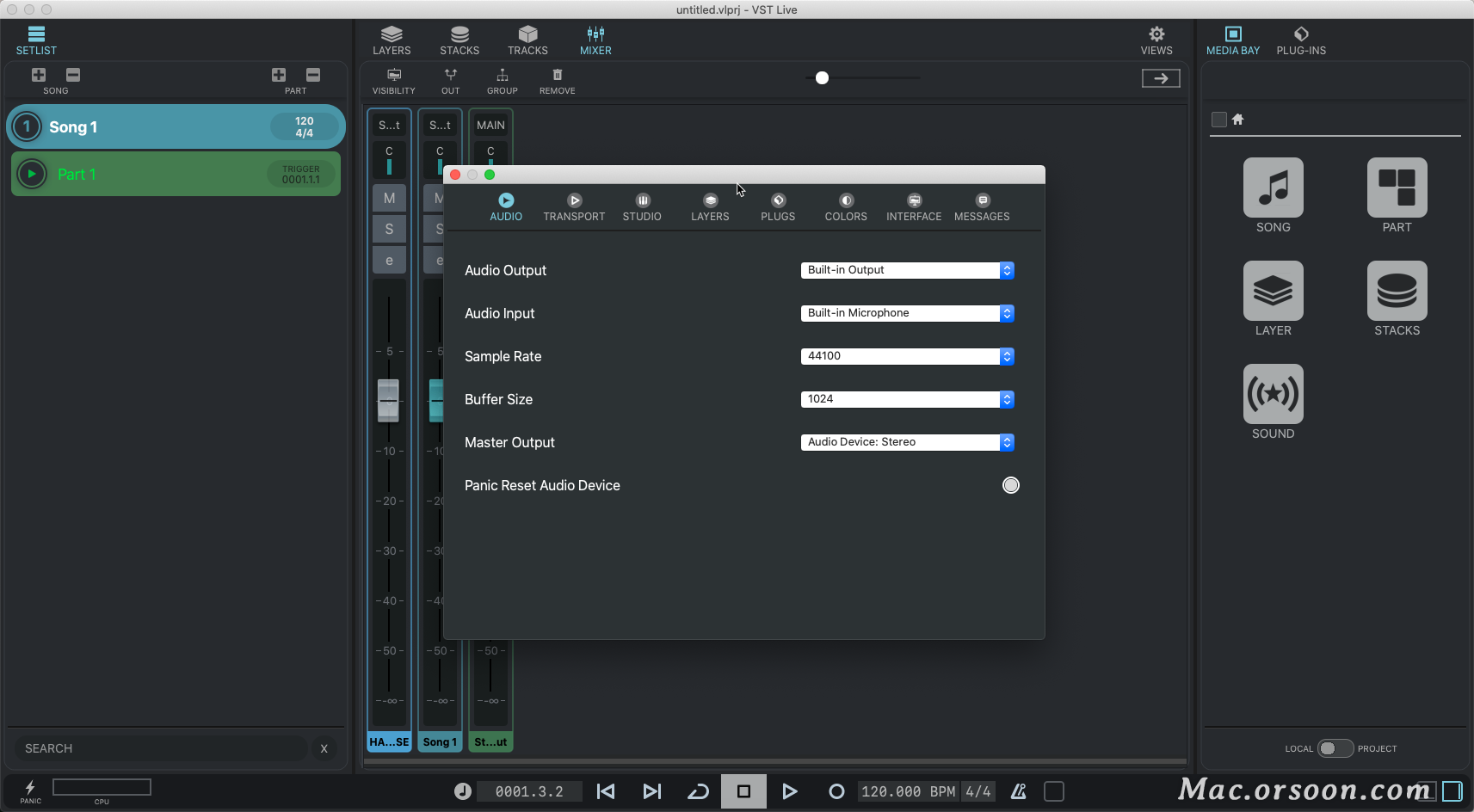
The PCI/NuBus Power PC/680n0 situation is very complex, and deserves some explanation. Also, features like true tape, solid MIDI timing, low latency ASIO, and reliable automation make it my favorite DAW ever for OS 9. I know we have discussed this to death, but CuBase VST 5/32 has very, very few bugs and I personally ran it for many over 10 hours sessions without a single crash. So, this version is kinda like the holy grail, pinacle, zenith, etc version of Cubase under OS9. The cool thing about this toast image is that is will burn a "perfect" copy of the original version 5 CD it re-creates the extra blocks at the end of CD just like the original, many other images will fail the authorization check, this one will pass. Howvever, I always recommend CuBase VST 5/32 that we have here: The problem with Cubase v4 that was moved to CD is that is still requires a "Challenge" "response" code, if you don't have a Floppy, then go for V4.1r2, no floppy or challenge response code needed This info if for people that do NOT have a floppy drive. USB thumb drives weren't available until 2000! In 1998, I was still using floppies to transfer files to/from the Computer Lab machines at college, because it was simple and compatible.

It was fast enough for writing CD-Rs using the 4-6X speeds common at the time. The first iMac was kind of crippled, though, as USB 1.1 "Full Speed" was not exactly what you would want for external hard drives. USB was also mature enough to provide external floppy capability for those who required it. It's also arguable if you can call the 150 a "PC", since it was only MS-DOS compatible, not register-level compatible with the IBM PC, as the industry later settled on.īy 1998, floppies were mostly dead as a software distribution format, helped by the increased affordability of CD-R.


You could boot a 150 from a hard drive box without a floppy drive, although I suspect that very few were used that way. HP did that in 1983 with the Touchscreen Model 150, where all mass storage, floppy or hard drive, was in separately purchased HP-IB attached boxes. I think the really significant aspect of the iMac was no floppy drive in a desktop computer. Portables like the HP OmniBook and PowerBook 100 had made the floppy drive an external dongle for years. Not the first, although it was a significant move in 1998.


 0 kommentar(er)
0 kommentar(er)
